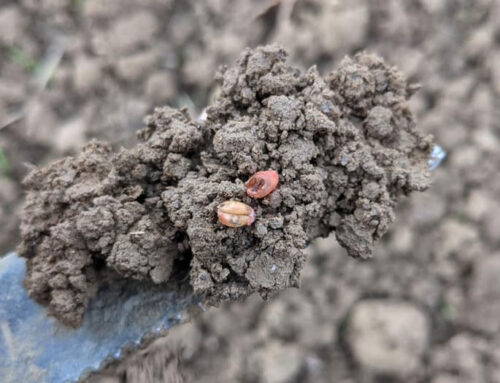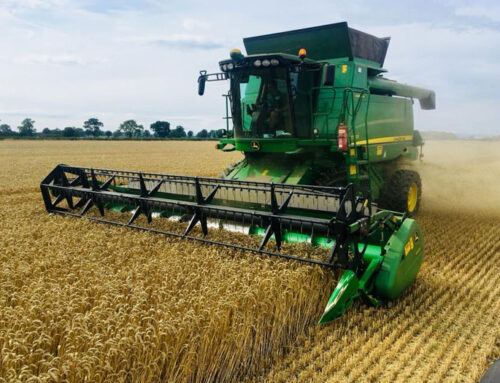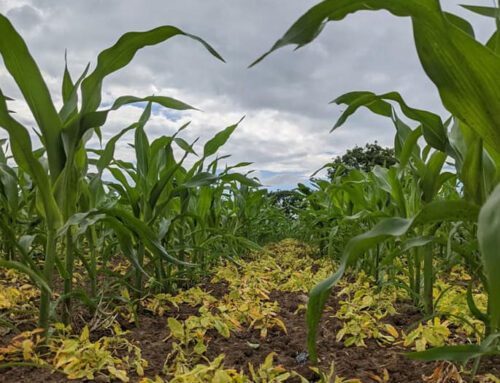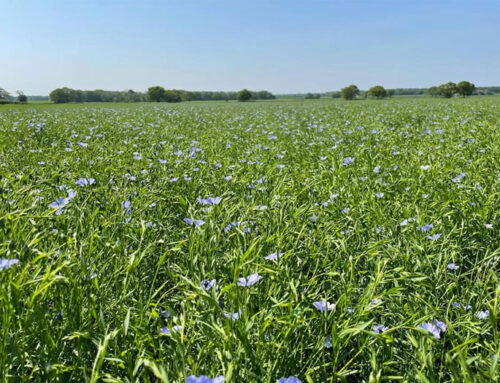And they’re off! The gentle drone of combines are echoing around the North Yorkshire countryside. The last week has seen around 50% of my areas winter barley safely gathered up in store while balers make the most of the warm dry weather and gather up the leftovers. Yields to press have been pleasing with many 4 tonne to the acre being passed on. Bushel weights are also looking to be above the average. Dry warm conditions have meant the grain dryers will be having a bit of an extended lie-in which is music to many farmer’s ears with the current price of red diesel, the extra use in the combine with the heavy crops may make up for this. However, we can’t have it all.
Temperatures are set to continue on a high as the next 4 days forecast is 29C, 30C, 32C and 36C. Some Oilseed rape crops only got sprayed off around 5-7 days ago and with temperatures as they are this will only hasten desiccation. Crops have looked well all year and have podded well, plenty of sunshine will hopefully be transferred into yield. With OSR though we all know appearance can mean nothing, it’s not until combines roll that we get the exact picture.
A mere 8mm of rain throughout June and nothing but a spattering in July is causing many wheats, especially on light land, to turn from olive green to light brown over a matter of weeks. Will we be cutting wheat in July…I most certainly think so. It will be interesting to see how the drought has affected grain fill and the impact not only on yield but also quality. This time of year, for an agronomist is always littered with trials visits and technical meetings. It gives us chance to attend a variety of trials and see how varieties have fared during the season. It was interesting to see the levels of Septoria in some varieties and how some of the top line chemistry struggled to keep crops clean to an acceptable level. One stand out variety in wheat has been Dawsum which looks promising, it’s only let down being lack of orange wheat blossom midge resistance. For us in the Ryedale valley we rarely get bad years for this pest however it could be a different storey when you move onto the land of milk and honey on the Wolds. Tardis looks to be a promising winter barley variety however with how some of these yields growers may be reluctant to throw out what is working, as the age old saying ‘don’t fix it if it isn’t broken’, next year however could be a different beast.
Maize crops are enjoying the Mediterranean weather and are fast approaching the last time that a spray can boldly venture into the jungle like crops. I have seen promising results from applying a slow releasing nitrogen liquid fertiliser at this stage. There is a plethora of these products now on the market and all seem to have the same result. An increase in grains and ultimately a heavier cob has generally been seen since using these products.
Fodder beet crops are now meeting in the rows and crowns swelling day by day, these are all finished with for the season and look well going into their yield building phase. Weed programmes have worked well this season which again is one of the major battles to conquer in the step to getting good yields.
Finally, I’d like to wish all of you out there a happy and safe harvest, we have already seen a big bulk of crop go up in flames this week over in North Yorkshire which is always a heart breaking sight to see. Please enjoy these warm harvest days but stay vigilant.




